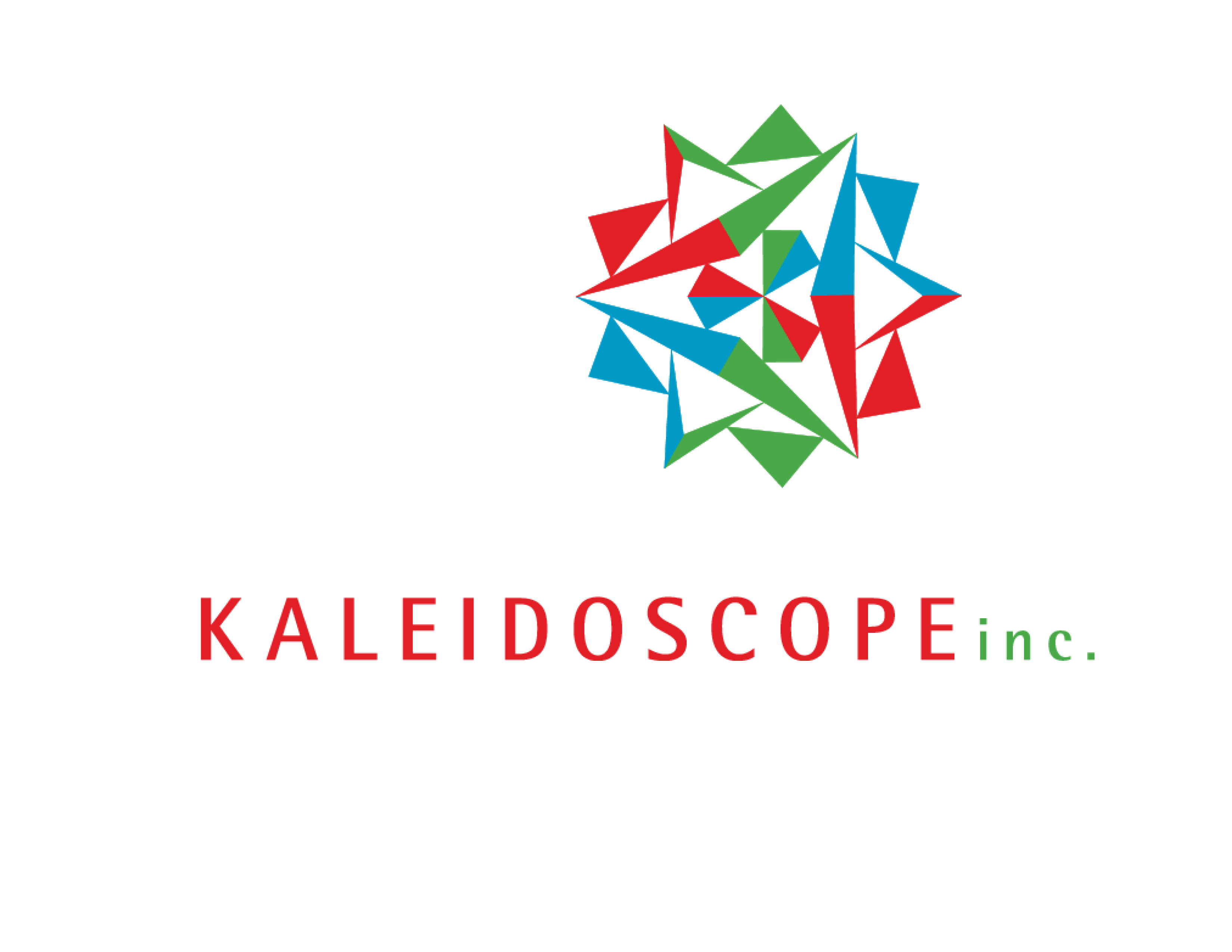3 Core Practices of Executive Perspective
When a Camp Leader has an Executive Perspective, the Organization Thrives.
It is easy for a camp director to get sucked into the urgent over the important and spend their days churning out task after task. This churn may even feel busy and productive and make a good story of what is happening at camp. The problem is that the Executive Director at a camp or retreat center is responsible for more than day-to-day operations. Good camp directors have what we call an Executive Perspective.
Executive Perspective is an eye toward the bigger picture.
Unfortunately, we occasionally see the results of a lack of an Executive Perspective in camp leaders. These are the camps that recycle programs and content year after year. The budgets stay the same or decline; the same is true for program participation over the long term. The camp staff may stick around, but they usually don’t want to be challenged and are comfortable being stagnant and complacent. Ultimately, these are the camps that struggle.
On the other end of the spectrum are the camps that are thriving. They have traction and momentum in their growth. The staff and stakeholders can clearly articulate the story and mission of the organization. There is energy and excitement around the mission. Leaders often feel vulnerable due to the risks that they are taking, yet they are excited about the likelihood of success in those ventures. These camps have budgets that are growing and evolving around new initiatives. The culture of these organizations is magnetic and draws the right staff, volunteers, and stakeholders to support them.
Three Core Practices of Executive Perspective
Listening, planning, and clarifying complexity are the three things that make up an Executive Perspective. It seems simple enough, but it’s not. These things happen simultaneously, and managing them well requires practice and patience.
A good camp director is intentional about these three core practices.

1. Listening
Good camp leaders slow down and listen. They are guided by the organization’s mission, vision, and values and ensure that current and future activities align with them. Good leaders see and hear the threads of the mission stretch from the boardroom down to the camper experience.
They pay attention to what is happening around them and cast a vision for the organization that serves their audiences, carefully and thoughtfully adapting to continue to meet the mission through new models.
They dream and imagine possibilities.
The board and Executive Director of the camp are the only ones responsible for the camp’s vision, but most of that comes down to the Executive Director. If the leader isn’t paying attention to the vision, no one is. And, if the vision isn’t clear, staff, board, volunteers, and all other stakeholders are just spinning in the status quo or declining.
What risks would you take if resources weren't a challenge?
2. Planning
When a clear vision is cast, the next question is often, “How do we get there?”
A dynamic strategic plan is critical to an organization’s success in reaching a vision. Whether it’s a one-year, three-year, or five-year plan depends on how big the vision is and how long it will take.
With the vision in mind, a camp’s strategic plan should address the need for resources, staffing, and programs, anticipated bottlenecks and challenges, and realistic timelines for accomplishing each phase. A good plan includes manageable and measurable steps to reach the identified vision.
If you had a genie to grant three wishes, what would they be?
3. Giving Clarity to Complexity
An Executive Perspective is more significant than having a vision and a plan. It also requires that the leader break the plan into relevant content for every audience involved.
A good camp leader becomes the translator between the strategic plan, which is complex and dynamic to the people involved, who often have specific roles in implementing the plan. For example, when a strategic plan calls for an enhanced entryway to serve guests with mobility challenges, your maintenance director will require information different from your donors.
Creating clarity like this is a skill that requires practice. It is often easier to see a vision several years out than to navigate the right steps to get there and sort the information and messages into buckets that are clear for everyone involved.
So, Why is this so hard?
Of course, it’s hard! Working with systems, traditions, money, and countless various types of people to execute complex strategies is not for the faint of heart.
Good camp leaders practice and hone these skills over time, and there is never a time when they get it right all the time.
What helps? Good mentors, advisors, and consultants make all the difference! At Kaleidoscope, we are often called upon to be the outside perspective that can help a leader cut through the clutter and refine their Executive Perspective. It’s an honor to partner with camp directors to do this.
If we can be helpful to you, give us a call!



